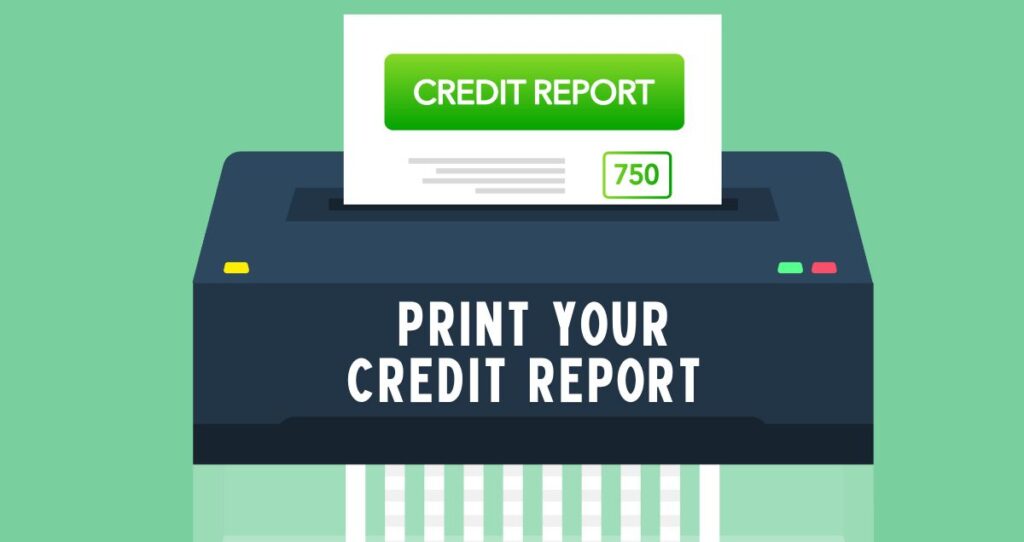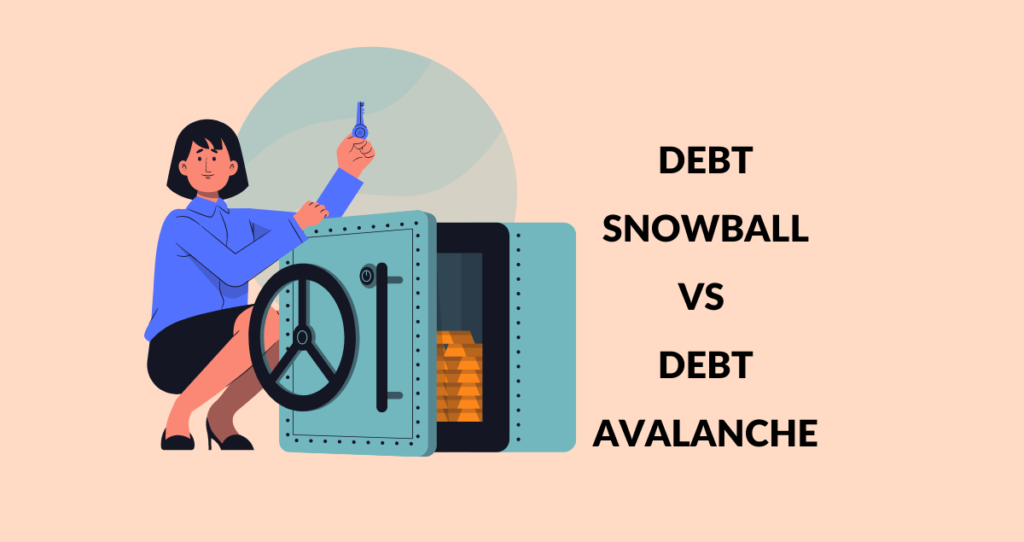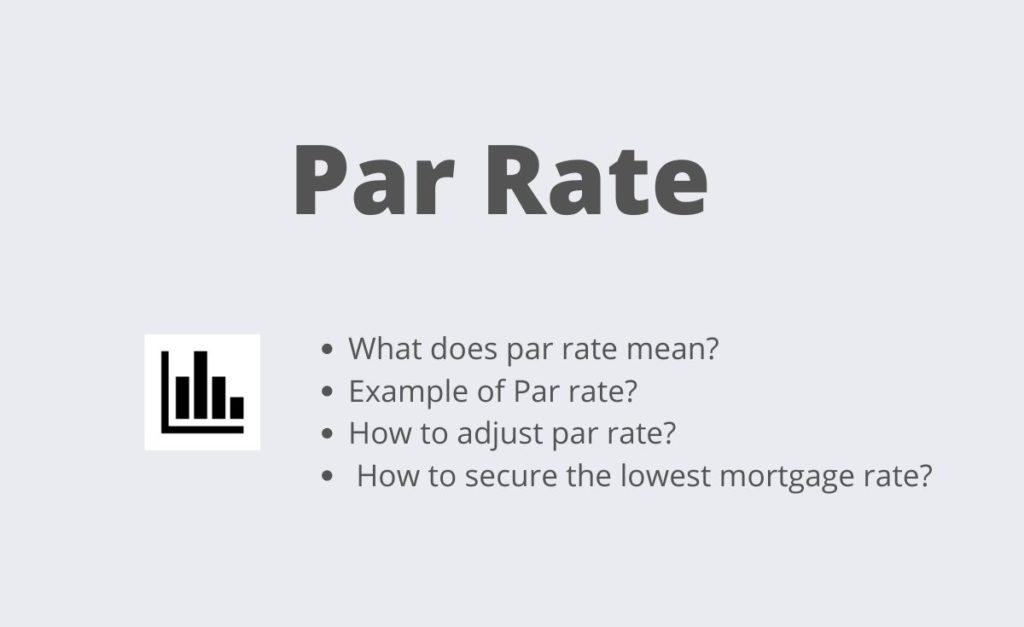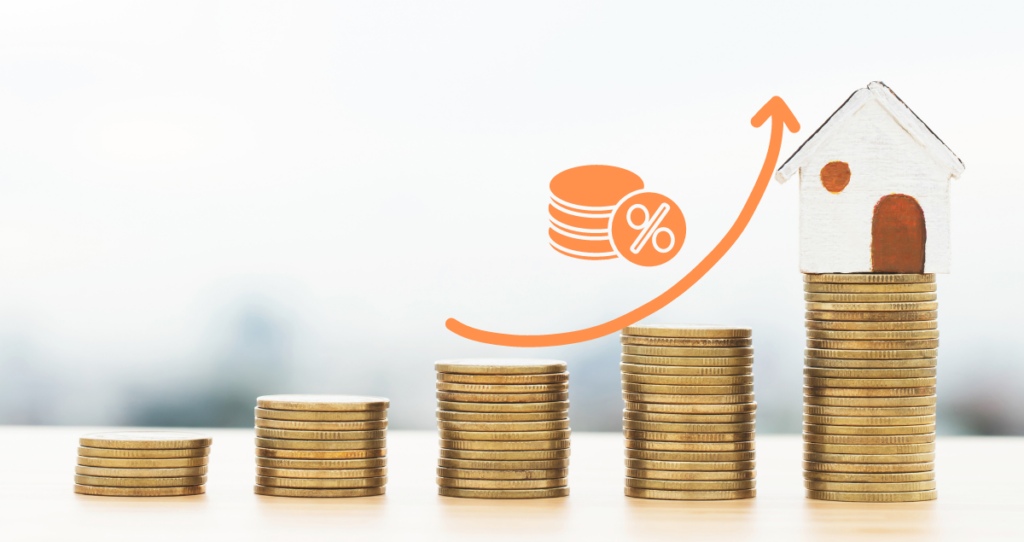Most people know about the FICO score because it is the most used credit score in the lending industry. Aside from the FICO score, there are many other types of credit scores, and one of the most famous ones is the VantageScore. So, what is a VantageScore? The VantageScore is a credit score calculated by major credit reporting agencies(Equifax, TransUnion, and Experian). Like the FICO score, the VantageScore ranges from 300 to 850, with 300 being the lowest VantageScore you can have, whereas the highest score is 850.
Like your FICO Score, lenders use your VantageScore to assess your creditworthiness, which in turn helps determine the interest you pay on your loans. The higher your VantageScore, the less risky it is to lend you money; therefore, you will pay a lower interest rate.
Many versions of VantageScore have also been released over the years. The most common and widely used versions are VantageScore 3.0 and VantageScore 4.0.
How is the VantageScore calculated?
Every credit score is calculated using information from your credit reports that credit reporting agencies collect from your lenders. Credit reporting agencies(Equifax, TransUnion, and Experian) use the VantageScore model to calculate your VantageScore. The model is designed to apply different weights to information from your credit reports and return a number that becomes your credit score. These weights differ from industry to industry.
Different models of VantageScore versions have been released over the years, including VantageScore 1.0, 2.0, 3.0, and 4.0. The most recent model is VantageScore 4.0, but VantageScore 3.0 is still used across many industries.
While your credit reports contain a lot of information, only information related to payment history, credit utilization, age of your credit, credit mix, total debt, and new account activities is used to calculate your credit score.
For example, your credit score can drop up to 100 points or more if a late payment is reported on your credit report. This is because payment history accounts for 40% of your VantageScore calculation and has the highest weight when calculating it.
What are the factors affecting VantageScore?
When calculating your VantageScore, major credit bureaus rely on the following information from your credit reports for VantageScore 3.0. The following factors affect your score and how much each contributes to your VantageScore calculations.
1. Payment history (40%)
Most credit scoring models consider payment history the most significant factor affecting your credit score. You automatically become risky if you borrow money but can’t repay it. Your payment history accounts for 40% of your VantageScore, making it the biggest factor in your credit score calculation. This is why having a missed payment, a late payment, or similar negative items related to payment history, such as foreclosure, charge-off, collections, or bankruptcy, can drop your credit score up to 180 points or more, depending on the negative items reported on your credit reports.
2. Age of your credit and credit mix (21%)
The age of your credit is the average age of all your credit accounts. For example, if you have four open accounts with 1, 2, 3, and 4 years consecutively, the age of your credit history will be the average of all these ages, which is 2.5 years. Typically, a credit age of 5 to 10 years is considered good when taking out loans. Most consumers with 800+ credit scores have a credit history of more than 10 years of age. The age of your credit effects and your credit mix account for 21% of your VantageScore calculations. A credit mix refers to different credit accounts active on your credit reports.
A good Credit mix should include a combination of revolving credit accounts, such as credit cards, and installment loans, such as car loans and mortgages.
3. Credit Utilization(20%)
Your credit utilization is the amount you have spent compared to the available credit limit. If you have a credit limit of $1,000 and spend $400, your credit utilization will be 40%. Your credit utilization affects your VantageScore calculation by 20%.
Maintaining a lower credit utilization is critical if you want to boost your VantageScore. My recommendation is to have no more than 7% in credit utilization. Not only does low credit utilization help you reach an 800 credit score faster, but it also prevents you from paying expensive interest and fees. Check out how to get an 800 credit score fast, step by step.
4. Total debt/total credit balance(11%)
Credit reporting agencies also consider the amount of debt on your credit reports when calculating your VantageScore. The total debt on your credit reports accounts for 11% of your VantageScore calculation. The more debt you carry, the higher the risk of lending you money. This is because more debt results in a higher DTI ratio, a major factor lenders consider when approving loan applications.
DTI ratio is the ratio of your total monthly debt payment to your monthly gross income. Lenders favor consumers with a DTI ratio of 28% or lower. As your DTI ratio goes higher, your creditworthiness decreases, resulting in getting denied loans and credit cards.
5. New account activities(6%)
New credit activities refer to the number of times you recently applied for new credit. For example, if you recently applied for a credit card, car loan, etc., this information will be reported on your credit reports as hard inquiries. On average, each hard inquiry lowers your credit score by 5 to 6 points. The account activities account for 6% of your VantageScore calculations.
6. Available credit (3%)
The available balance on your credit accounts will affect your VantageScore by 3%. This factor does not greatly affect your score, but it can affect it.
Who uses the VantageScore?
Just like any other credit score, lenders, insurance companies, landlords, and other companies that manage your accounts heavily use your score to assess your creditworthiness. Instead of reading your entire credit report, your credit score summarizes your behavior regarding debt management and money habits. That is why lenders rely on your credit score when accessing your ability to pay off debt.
When you get approved for a loan, lenders also rely on your score and other factors to decide the interest rate you will pay. A higher credit score comes with better rates and favorable terms.
You can also use your own VantageScore to assess how you are doing with your debts. If you have a bad VantageScore, you will know something is wrong with your financial choices. Maybe you have a late payment without knowing it. This information will be on your credit report and will result in a decrease in your credit score.
VantageScore vs. FICO Score: What is the difference?
The VantageScore and FICO scores are the two most popular credit scores in the lending industry. According to myFICO, over 90% of lenders use the FICO score. The FICO score is calculated by Fair Isaac Corporation(FICO), whereas the VantageScore is calculated by three major credit reporting agencies(TransUnion, Equifax, and Experian). Like the VantageScore, many FICO score versions have been released. The newest FICO score versions include the FICO Score 10 and 10T.
These two credit scores consider similar factors when estimating your credit score. The factors considered are the same, but each model applies different weights to each factor, causing a big difference between your FICO score and VantageScore. For example, your payment history accounts for 40% of your VantageScore, while the same factor accounts for 35% of your FICO score.
Some factors are separated in the FICO score and combined in the VantageScore. For example, VantageScore combines the age of your credit and credit mix. On the other hand, the FICO score separates these two factors, and each factor gets its percentage.
Here are factors affecting your FICO score and their corresponding percentage on your FICO score.
- Payment history: 35%
- Credit utilization: 30%
- Age of your credit: 15%
- New credit accounts: 10%
- Credit mix: 10%
How to increase your VantageScore
Your credit score is critical in every financial situation of your life. Lenders use your VantageScore to assess your creditworthiness, and some landlords also use it to decide whether they can take you as a tenant. Some companies also use your VantageScore or FICO score to give you a job or reject your application. This is why you must do whatever you can to keep your credit healthy and increase your score.
The following are tips you can use to raise your VantageScore.
- Make your payments on time
- Have the right credit mix on your credit profile
- Avoid excessive credit applications
- Keep your credit utilization low
- Get a free copy of your annual credit reports from three major bureaus and ensure that every information in the report is correct and current. Dispute any errors and inaccuracies in your credit reports.
- Become an authorized user of an excellent credit card
What are the ranges of VantageScore?
The VantageScore 1.0 and VantageScore 2.0 range from 501 to 900. However, the most recent score models have different ranges, similar to FICO score ranges. VantageScore 3.0 and VantageScore 4.0 both range from 300 to 850.









